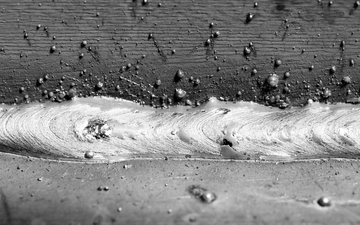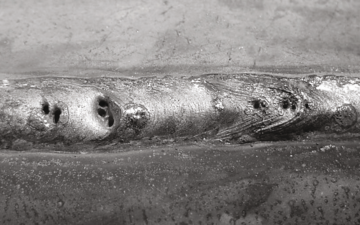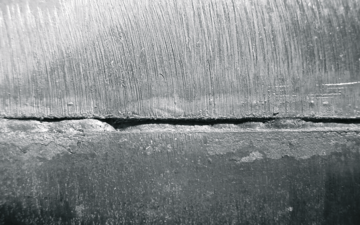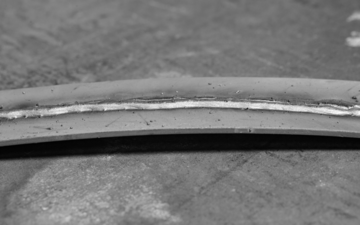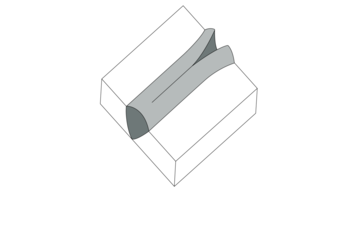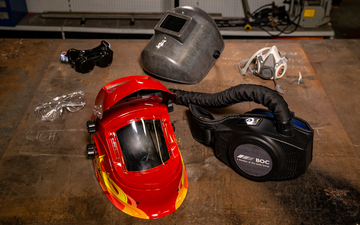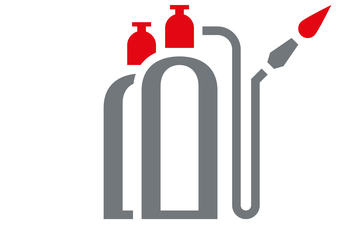- Official BOC UK Online | Industrial Gases | Products & Solutions | BOConline UK
-
Shop
- Industries
- Processes
- Gases & Equipment
-
Solutions
-
Services
-
Health & Safety
-
Contact & Support
- What's Happening
-
Net Zero Strategies
Spatter
Weld spatter is the small droplets of molten metal that are generated during MIG or MMA welding, at or near the welding arc.
What causes spatter in welding?
There are a number of causes of spatter when MIG welding:
-
Incorrect settings for your amperage, voltage and electrical stick outYour amperage is determined by your wire feed speed. If it’s too high, it will result in spatter, while a low voltage will do the same.
-
Incorrect torch angleIf your torch angle is too steep, you’ll risk generating a lot of spatter
-
Erratic wire feedingWhen wire is fed at an erratic speed it will create fluctuations in amperage and, in turn, create a lot of spatter.
-
Poor quality consumablesCorrectly matching MIG wire to the parent metal is critical. Poor quality wire or rods, or incorrectly positioned wire, can cause excessive spatter.
-
Poor choice of shielding gasLow quality shielding gases and high levels of carbon dioxide can create a lot of spatter.
-
Surface contaminantsRust, oil, paint and other surface contaminants will cause the weld arc to spatter.

How can spatter be prevented?
Spatter is almost impossible to entirely eliminate, but there is a lot that can be done to reduce it.
-
Fine tune your welding settingsThe amperage of your weld is determined by your wire feed speed. Try adjusting your wire feed in small increments until you achieve a smooth arc. If this doesn’t work, do the same with your voltage.
-
Clean your surfacesTime spent preparing your surfaces is time saved in re-welding. Make sure there is no rust, paint, scale, grease or other contaminants in your working area.
-
Use spray transferOn thicker material, spray transfer is more effective than short arc or globular transfer for keeping spatter to a minimum.
-
Ensure a smooth wire feedIf your wire feed is erratic, check for dirt and ensure you are using the correct wire liner, contact tip and wire that is right for the job. Make sure your spool tension/brake is adjusted correctly and check there are no loops in your torch cables.
-
Assess your shielding gas mixOne hundred per cent CO₂ is cheaper, shields well and achieves good penetration, but is well known for producing much more spatter than argon based shielding gases. An argon carbon dioxide, argon carbon dioxide/oxygen mixture like BOC’s ARGOSHIELD® is best.
-
Purchase the very best wire for the jobCheaper wires can include components unrelated to welding, so ensure the composition of your wire is right, and that it matches your parent metal.
-
Work on your welding techniqueGet the angle of your torch right; anything above 15° is likely to cause spatter. Try to be consistent with your weld speed and line, and make sure you are using the right pushing or pulling technique for your weld. Solid wires should be pushed and flux-cored wires pulled or dragged.
-
Beware using anti-spatter spraySome anti-spatter sprays can make spatter generation worse due to the resistance created between the liquid and welding arc.

Choosing the right shielding gas for MIG/MAG welding
Are you MIG/MAG welding carbon or low-alloy steels?
By using the right shielding gas, you can actually reduce the risk of distortion. Take a look at some of our most popular gases.
